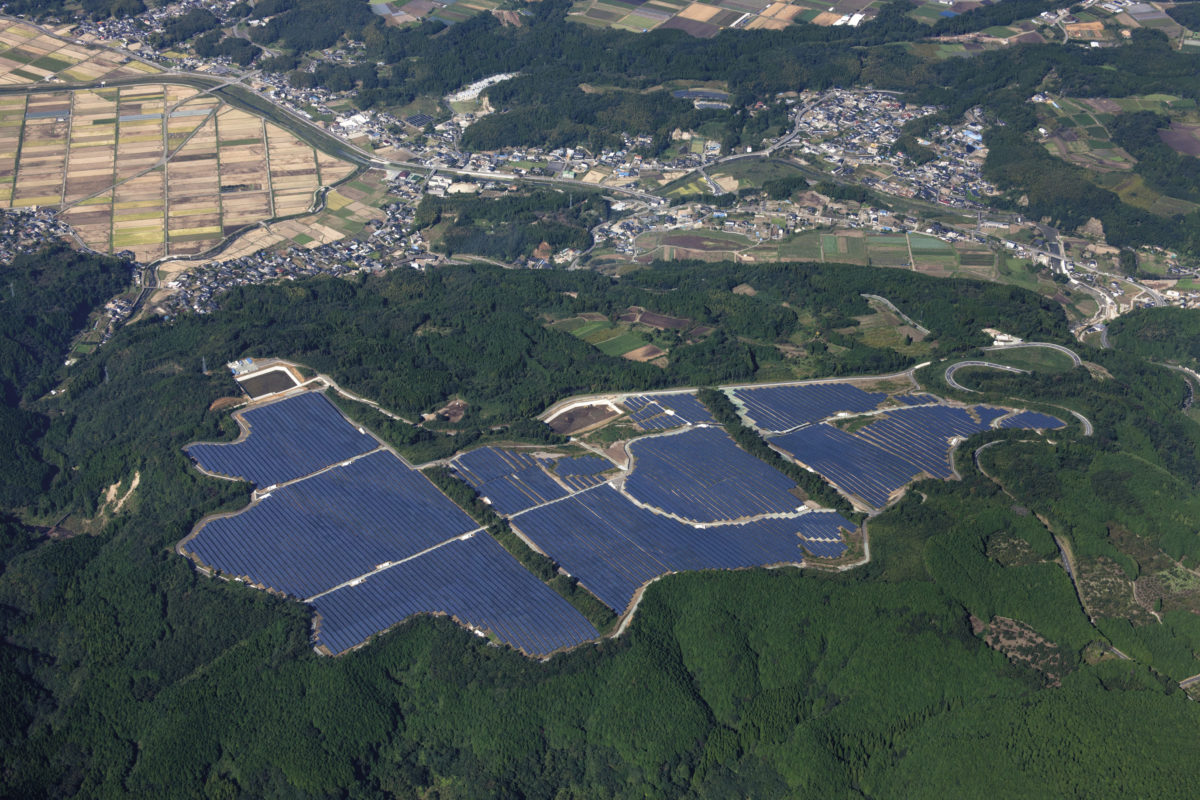“Renewables are an essential component of our future,” TEPCO president, Tomoaki Kobayakawa said in an online statement. “We believe we can scale up our renewables business to create a new source of revenue.”
Kobayakawa said TEPCO — which is now grappling with the looming unbundling of its transmission and distribution businesses, as part of the broader, ongoing deregulation of Japan's energy market — is targeting a JPY 450 billion profit over the next 10 years.
The future of the company has been in question since its nuclear fleet was shut down and it was effectively nationalized in the wake of the March 2011 meltdown at its Fukushima Daiichi nuclear power plant. It now aims to expand its revenue by JPY 500 billion ($4.7 billion) per year so it can continue to invest in the restoration of Fukushima prefecture.
A number of towns near the shuttered power plant have been rendered uninhabitable since the nuclear accident, mainly due to high radiation levels.
“Nuclear power is not everything,” said Kobayakawa, as he vowed to streamline TEPCO’s businesses, slash costs and pursue new tie-ups with unspecified partners. “Thermal power, the procurement of renewable energy, and hydropower all play a part.”
Although the company characterized its new plans under Kobayakawa as a “dramatically new path,” it has already started looking for opportunities in foreign markets, with a particular emphasis on storage technologies.
Popular content
Last April, for example, it invested £500,000 ($702,275) in U.K. residential battery developer, Moixa Energy. TEPCO also recently agreed to help the tiny Himalayan country of Bhutan create a new electricity development plan, in partnership with the Japan International Cooperation Agency (JICA).
And while all of Japan’s regional utilities have been criticized over the years for their perceived resistance to renewables uptake, Tepco has continued to invest in a number of pilot projects with a range of private partners. In December, for example, it signed a deal with Sunverge Energy and Mitsui & Co. to install multiple energy storage units throughout eastern Japan, as part of a virtual power plant (VPP) project.
TEPCO began investing in VPP demonstration projects several years ago. In early 2015, for example, group subsidiary Takaoka Toko teamed up with French battery supplier Saft and the New Energy and Industrial Technology Development Organization (NEDO) to launch a five-year pilot to pair PV modules and wind turbines with lithium-ion storage batteries on the remote island of Niijima, south of Tokyo.
Japan’s total installed solar capacity now stands at slightly below 50 GW, up from about 42 GW at the end of 2016, according to data from the International Renewable Energy Agency (IRENA).
This content is protected by copyright and may not be reused. If you want to cooperate with us and would like to reuse some of our content, please contact: editors@pv-magazine.com.


1 comment
By submitting this form you agree to pv magazine using your data for the purposes of publishing your comment.
Your personal data will only be disclosed or otherwise transmitted to third parties for the purposes of spam filtering or if this is necessary for technical maintenance of the website. Any other transfer to third parties will not take place unless this is justified on the basis of applicable data protection regulations or if pv magazine is legally obliged to do so.
You may revoke this consent at any time with effect for the future, in which case your personal data will be deleted immediately. Otherwise, your data will be deleted if pv magazine has processed your request or the purpose of data storage is fulfilled.
Further information on data privacy can be found in our Data Protection Policy.